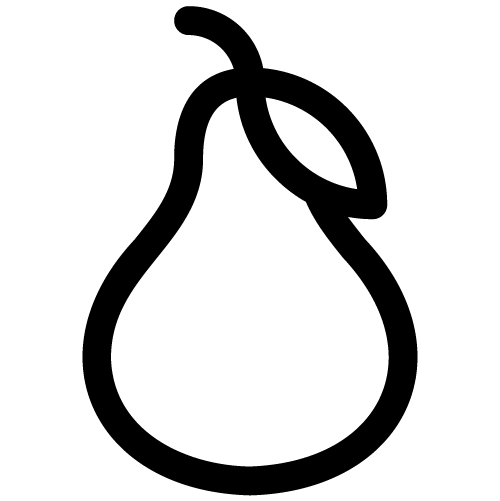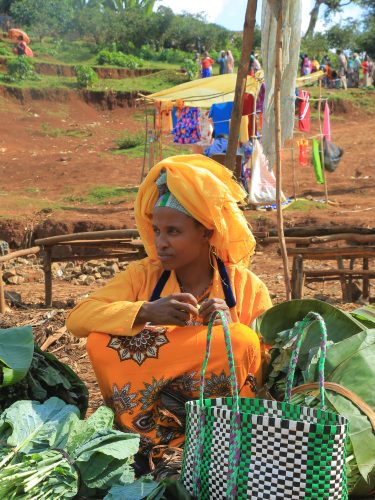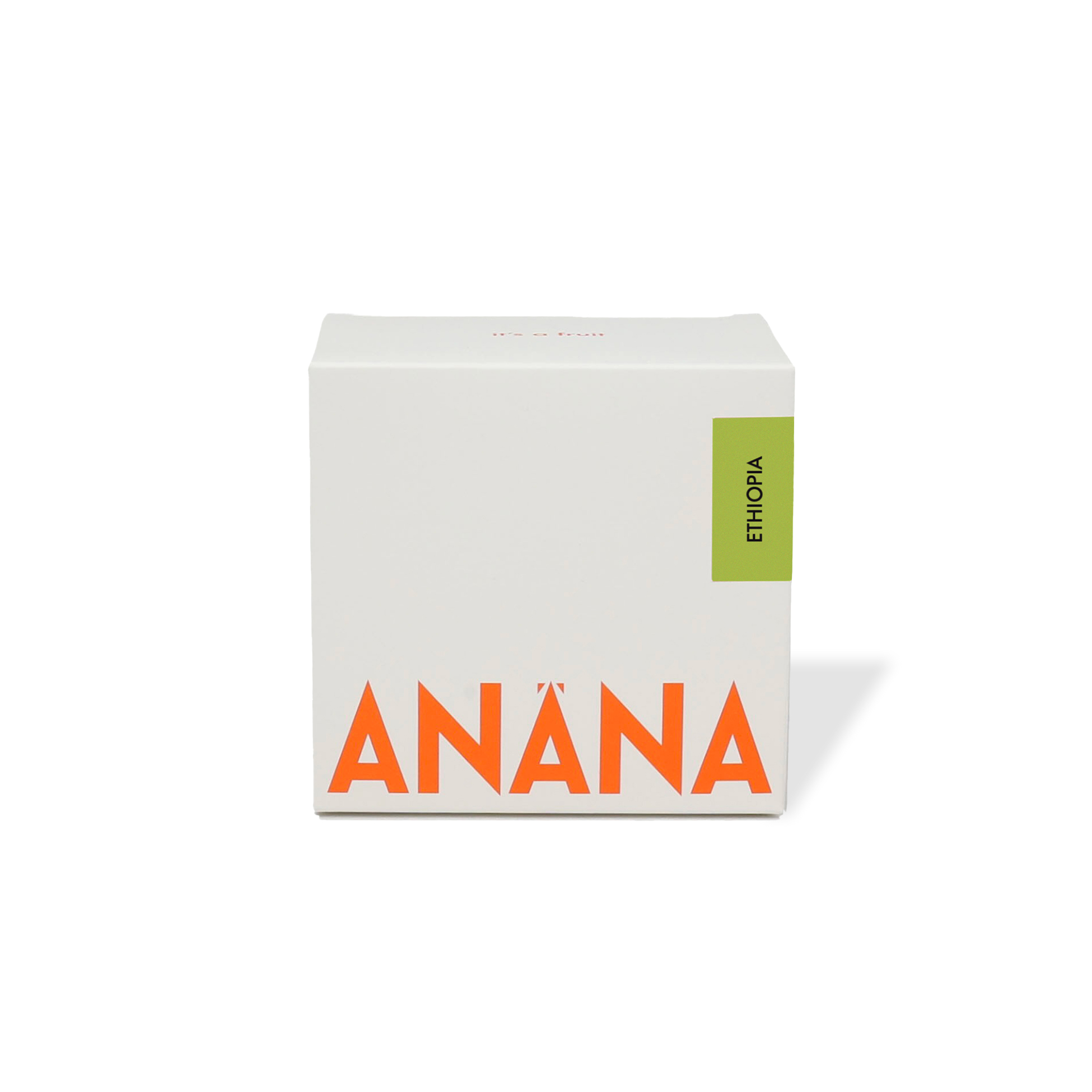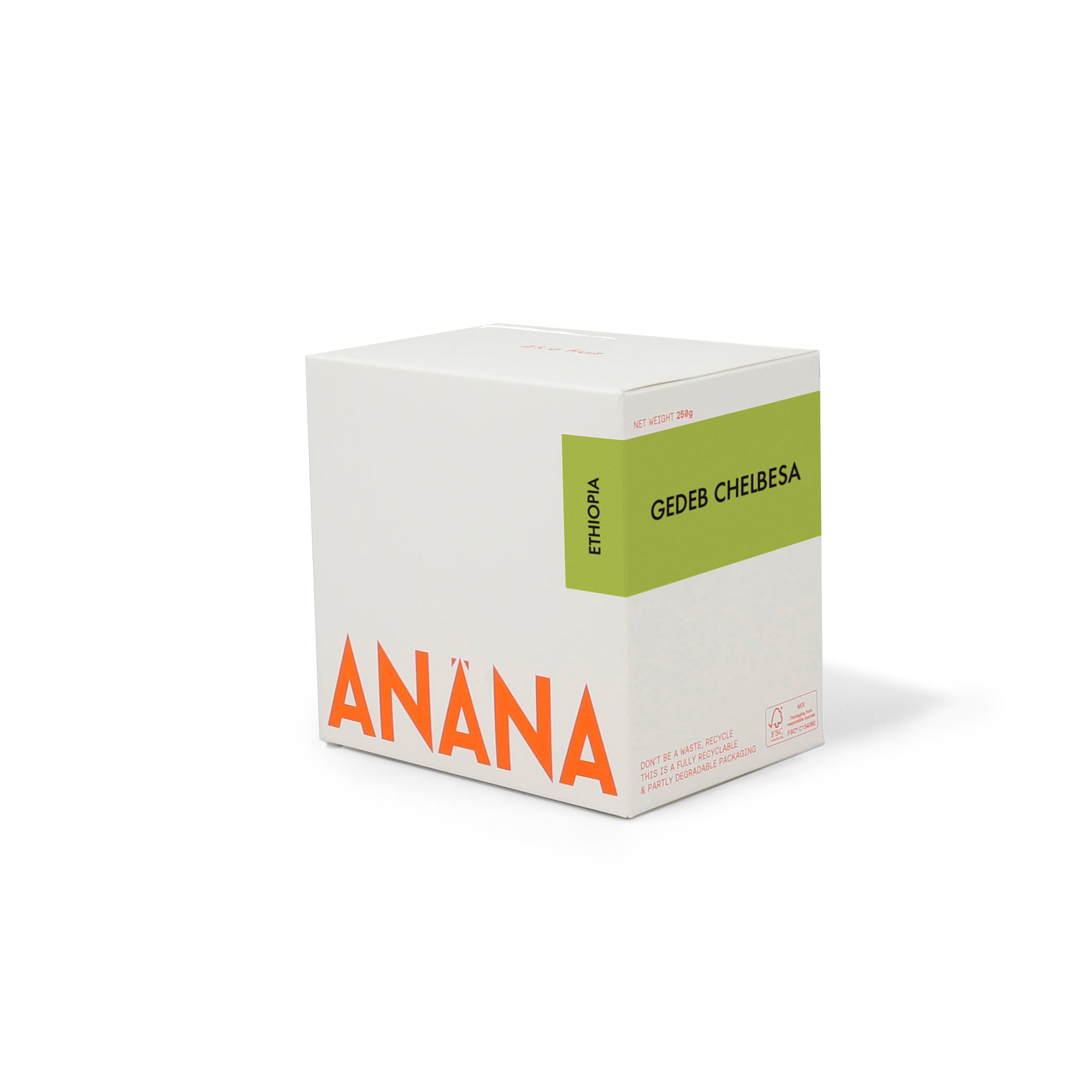Pear
Juniper
Citric
Flavor Profile
The fruity flavor of the pear, the tasting acidity of the citric, and the rich aromas of the juniper have been combined in this coffee to demonstrate the most perfect flavor symmetry.



How to brew
Filter
Brewer : Ceramic Hario V60
Dose: 12 g
Resulting Brew: 200 g
Water : 92o first pour, 88o second and third pour
Brew Time : 2:00 – 2:00
Target TDS : 1.25- 1.35
Espresso
Dose In : 18.8-19.2 g
Dose Out : 35 g
Brew Time: 24-26 s
Target TDS : 8.5 – 9.5
Rinse your filter with hot water. Begin your brew with 40 g of water (blooming) at 92°C to saturate the coffee bed evenly. Give it a gentle swirl to mix all the grounds and the water together. Continue your second pour with 110 g of water at 88°C with a circular pour. Finish the brew with 50 g of water at 88°C with a center pour.
 Origin: Ethiopia
Origin: Ethiopia
Farm: Chelbesa Washing Station
Process: Washed
Let's talk about Gedeb Chelbesa
The station Chelbesa is managed by Ephtah. This station is located at 2200 m.a.s.l on a 2-hectare area where 150 raised beds are installed. Ephtah empowers women by a series of initiatives including education, financial knowledge, financing and strengthening the female coffee community leadership.
This region is characterized by its microclimate and fertile soil, making it perfect to grow exceptional coffee, enhancing coffee profiles, and leading to more fruity and floral notes. Coffee farmers grow mainly heirloom varieties. These coffees are cultivated at 2150 to 2200 m.a.s.l.
Only the ripe cherries are picked from the trees. Once the cherries arrive at the processing station, the team carefully selects the best ones, removing any that are unripe, overripe, or defective. This step is crucial to ensure a high-quality final product.
Then, the skin of the coffee cherry is removed using a pulping machine, which removes the fruit from the bean. The beans, still covered with mucilage, are then placed to dry ferment for 48 to 72 hours. This dry fermentation process helps to break down the remaining fruit layer. After fermentation, the beans are thoroughly washed to remove any residual mucilage.
The coffee is then sundried for 10 - 15 days until it achieves the ideal moisture.
Heirloom Varieties
The term 'heirloom' is used in the context of coffee to refer to the unidentified wild varieties that grow on Ethiopian farms. Despite some of these varieties not being genetically identified, they are classified into two groups: JARC varieties and regional landraces. Regional landraces are coffee trees that grow entirely in the wild and on some farms, while JARC varieties are coffees developed and researched by the Jimma Agricultural Research Center.
Related products
-
Ethiopia Worka Sakaro
15,00 € – 29,00 €Select options This product has multiple variants. The options may be chosen on the product page Quickview -
Brazil Pereira Neto
19,00 € – 37,00 €Select options This product has multiple variants. The options may be chosen on the product page Quickview -
Colombia Tumbaga Decaf
13,00 € – 24,00 €Select options This product has multiple variants. The options may be chosen on the product page Quickview







